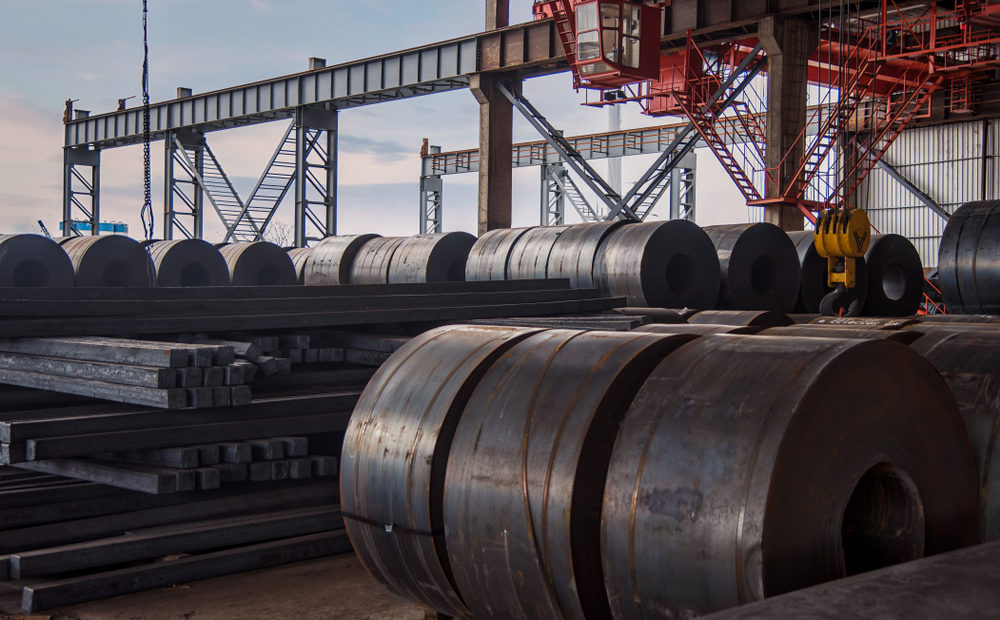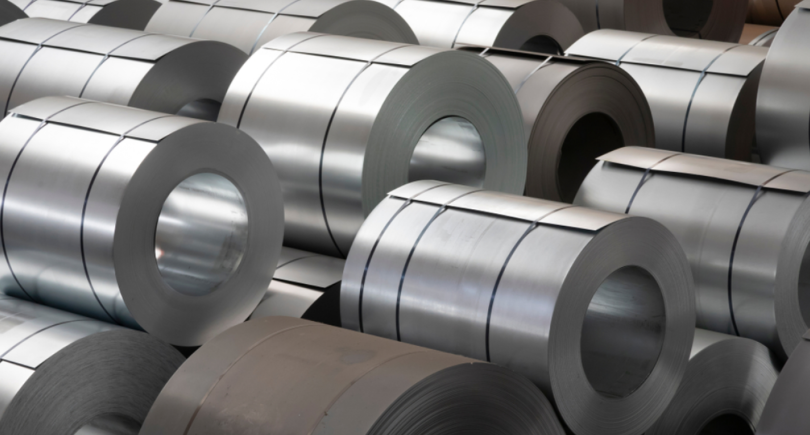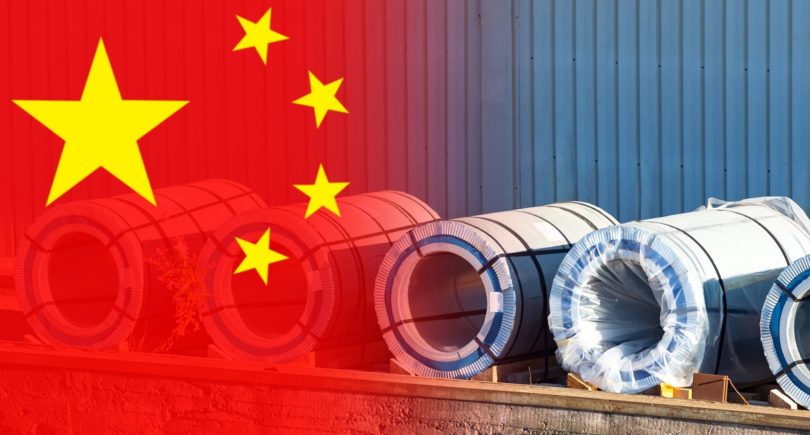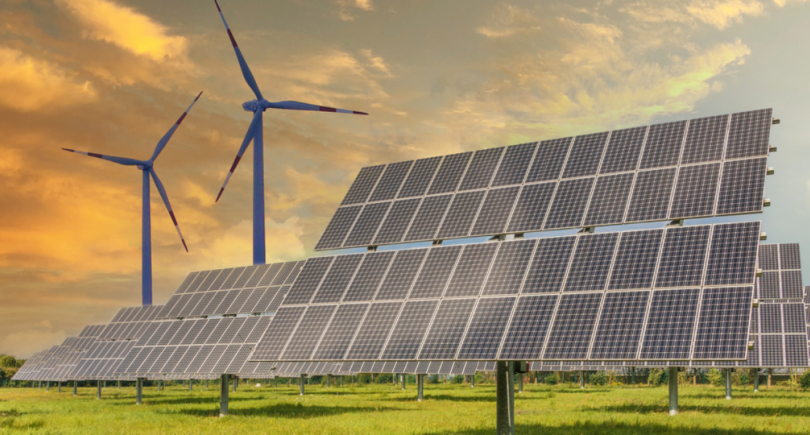
News Global Market Germany 2321 24 January 2024
The export of steel products for the month increased by 22.2% y/y
In November 2023, Germany reduced imports of rolled steel products from third countries by 8.6% compared to November 2022, to 55.1 thousand tons. This is based on GMK Center’s calculations based on Eurostat data.
In November, imports of flat products fell by 11.7% y/y and imports of long products fell by 7.6% y/y – to 12.91 kt and 42.15 kt, respectively. Flat products accounted for about 23% of total steel imports to Germany in November.
The bulk of imports in November came from hot-rolled rods and bars in coils – 10.55 thousand tons (+48.2% y/y), other carbon steel rods and bars, without further processing, twisted – 7.8 thousand tons (+58.8% y/y) and other hollow rods and bars for drilling – 7.02 thousand tons (-15.6% y/y).
In January-November, imports of rolled steel products to Germany amounted to 721.13 thousand tons, down 33.1% compared to the same period in 2022. Imports of long products fell by 35.3% y/y – to 566.79 thousand tons and flat products by 23.6% y/y – to 154.33 thousand tons during this period.
The main types of products imported by German consumers in the first 11 months of 2023 were:
- other rods and bars of carbon steel, without further processing, twisted – 132.35 thousand tons (-46.8% y/y);
- other rods and bars of other alloy steels; hollow rods and bars for drilling from alloyed or non-alloyed steels – 105.76 thousand tons (-30.6% y/y);
- hot-rolled rods and bars made of carbon steel, in bundles – 79.33 thousand tons (-35.7% y/y);
- corners, shaped and special profiles made of non-alloy steel – 56.32 thousand tons (-36.4% y/y).
German steel exports in November 2023 increased by 22.2% y/y – to 310.77 thousand tons. Shipments of long products increased by 42.9% y/y – to 153.61 thousand tons, and flat products – by 7.1% y/y, to 157.16 thousand tons. In January-November, the figure decreased by 7.1% y/y – to 3.13 million tons, including 9.4% y/y for flat products – to 1.81 million tons and 3.9% y/y – for long products to 1.32 million tons.
The largest exports were of coated flat products – 584.26 thousand tons (-9.6% y/y), and flat products made of other alloy steels – 396.3 thousand tons (-12.3% y/y).
In January-November, steel production in Germany amounted to 32.81 million tons, which is 4% less than in the same period in 2022. In November, the country’s steelmakers reduced steel production by 6.2% compared to the previous month, to 2.7 thousand tons. The figure was down 2.4% year-on-year.
As GMK Center reported earlier, Germany is among the ten largest steel producers in the world according to World Steel. In 2022, the country decreased steel production by 8.4% compared to 2021, to 36.8 million tons, ranking 7th in the global ranking of producing countries.



